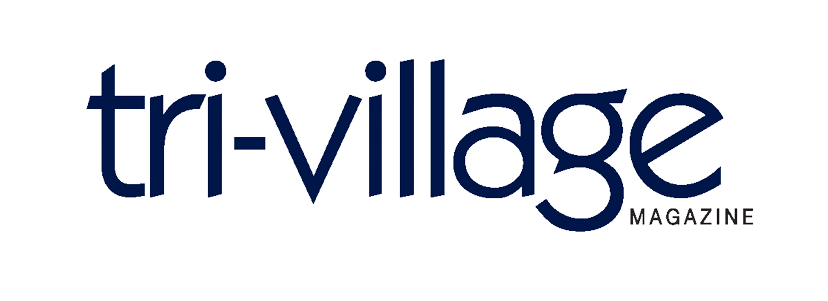Photos courtesy of Elizabeth Page
For students in Grandview Heights Schools, both tried-and-true teaching methods and innovative technology come together through Global Read Aloud. An international program that occurs once a year, Global Read Aloud hand-selects books for various age groups that inspire students and teachers alike while creating open forums through Facebook and Twitter to connect classrooms across the U.S. and even the world.
For Chief Academic Officer Dr. Jamie Lusher, this program is particularly transformative for students because children and young adults learn through experience and stories. Global Read Aloud offers both.
“The Global Read Aloud program has given students the opportunity to put themselves in the shoes of somebody else and that’s really powerful when the story is being told by someone their own age,” Lusher says. “Our kids only know what they know, and they know Grandview. To hear about what life is like across the ocean for kids who maybe don’t have compulsory education or don’t have fresh water, those experiences are valuable.”

Teachers often connect with other classrooms using video messaging systems such as Skype to allow students to read parts of the book or recite their responses to prompts, as well as get to know new friends who are states or countries away. But it’s not all digital connections.
“The kids now have pen pals,” says Lusher. “The communication piece is so critical.”
One particular champion for Global Read Aloud is Elizabeth Page, a third-grade teacher at Robert Louis Stevenson Elementary School. Major benefits of the program, according to Page are how teachers and students get to collaborate while students receive larger audiences to discuss their classwork with.
“The kids are truly excited, and they are so motivated to read the book and to write their responses,” Page says.
This year, Page’s students read A Boy Called Bat with their partner class in Southern California. This middle-grade book follows the story of Bixby Alexander Tam, nicknamed Bat, who is on the autism spectrum.
While the students introduced themselves to their partner class via videos, they connected throughout the project using a student-driven digital portfolio called Seesaw. Both Page and her California counterpart created class blogs where students could make posts and respond to each other. Prompts such as “What is your favorite room in your house?” or “How did you get your name?” relate to the content of A Boy Called Bat and led students to realize that despite their distance, they were more similar than different.
“Even though we lived in Ohio and they lived in California, and we found each other on the map, the biggest takeaway was how much we have in common,” says Page.
Despite the fantastic outcomes of this creative, technology-based program, Lusher still encourages parents to pursue some old-fashioned techniques to increase literacy and educational success.
“Make no mistake, the child becomes a reader in the lap of their parents. We know that, and we know the No. 1 way for students to increase their ability to be successful in life is to be read to,” says Lusher. “I don’t care if they’re two or 20, read to them and talk about books. There is so much value in having that conversation and putting a book in their hand.”
Maggie Ash is a contributing writer. Feedback welcome at feedback@cityscenemediagroup.com.






